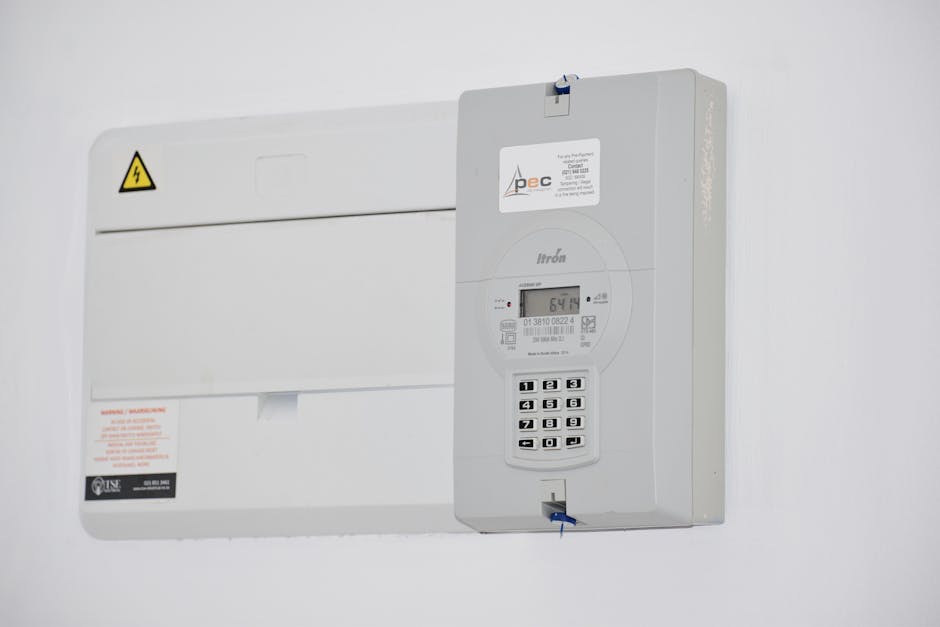The Most Common Electrical Code Violations and How to Avoid Them

Electrical code violations are common in both residential and commercial settings, often leading to serious safety hazards. These violations can range from minor oversights to major infractions that could result in fires or electrical shocks. Understanding the most frequent code violations and learning how to avoid them is crucial for ensuring a safe and compliant electrical system.
Improper Grounding
Grounding is a fundamental aspect of electrical systems, providing a path for electrical current to follow in case of a fault. Improper grounding is a widespread issue that can lead to severe consequences such as electrical shock or fire. One common mistake is failing to connect the ground wire to the correct terminal, which can result in an incomplete grounding system.
Additionally, many older homes may not have an adequate grounding system, as building codes have evolved over time. Ensuring that your home’s electrical system meets current grounding requirements can prevent many potential hazards. Grounding rods should be properly installed and connected to the main service panel.
To avoid grounding issues, always follow the guidelines set by the National Electrical Code (NEC). Regular inspections by a qualified electrician can help identify and rectify grounding problems before they become dangerous.
Overloaded Circuits
Overloading circuits is another frequent violation that poses significant risks. This occurs when too many devices are connected to a single circuit, causing it to draw more current than it is designed to handle. Overloaded circuits can overheat, potentially leading to fires.
Signs of an overloaded circuit include frequently tripped breakers, dimming lights when appliances are turned on, and buzzing sounds from outlets or switches. If you notice any of these symptoms, it’s crucial to address them immediately.
- Avoid using high-wattage appliances on the same circuit.
- Distribute electrical loads evenly across multiple circuits.
- Upgrade your electrical panel if it cannot support the current demand.
An electrician can assess your home’s electrical load and recommend necessary upgrades or modifications to prevent circuit overloads.
Incorrectly Installed Outlets and Switches
Installing outlets and switches might seem straightforward, but incorrect installation is a common violation. This includes issues such as reversing hot and neutral wires, failing to use appropriate types of outlets (like GFCI in wet areas), or not securing outlets properly in wall boxes.
Reversed polarity can cause serious hazards, as it may leave parts of an appliance live even when switched off. Ground Fault Circuit Interrupter (GFCI) outlets are essential in areas prone to moisture, such as bathrooms and kitchens, as they cut off power during a ground fault.
Properly installing outlets involves ensuring that wires are securely connected, using the correct type of outlet for the location, and adhering to NEC guidelines. Professional installation by a licensed electrician is advisable for safety and compliance reasons.
Substandard Wire Connections
Poor wire connections are often overlooked but can lead to significant problems. Loose connections can cause arcing, which generates heat and potentially sparks a fire. This problem is commonly found in wire nuts that are not tightened correctly or wires that are improperly spliced.
To ensure safe wire connections:
- Always use wire nuts or other approved connectors appropriate for the wire gauge.
- Tightly twist wires together before applying connectors.
- Ensure that no bare wire extends outside of the connector.
Another critical aspect is using junction boxes for all wire splices. Open splices are a violation of code and present a fire hazard. Junction boxes provide a safe enclosure for connections and should be easily accessible for future inspections or repairs.
| Violation | Consequence | Solution |
|---|---|---|
| Improper Grounding | Electrical Shock/Fire | Ensure proper installation by following NEC guidelines; regular inspections |
| Overloaded Circuits | Circuit Breaker Trips/Fire | Distribute loads; upgrade panel if necessary |
| Incorrectly Installed Outlets/Switches | Live Parts/Fire Hazard | Professional installation; use GFCI where required |
| Poor Wire Connections | Sparking/Fire Hazard | Tighten connections; use junction boxes for splices |
Avoiding common electrical code violations requires diligence and knowledge of the relevant codes and standards. Proper grounding, preventing overloaded circuits, correctly installing outlets and switches, and ensuring solid wire connections are critical steps towards maintaining a safe electrical system. Regular inspections by licensed electricians can catch potential issues early and ensure ongoing compliance with safety standards.
Understanding the most frequent electrical code violations helps homeowners take proactive steps towards safety. Proper grounding prevents shocks; avoiding overloaded circuits mitigates fire risks; correctly installed outlets ensure functionality; and secure wire connections eliminate arcing hazards. Regular maintenance and professional inspections further bolster safety measures, ensuring compliance with evolving electrical codes.